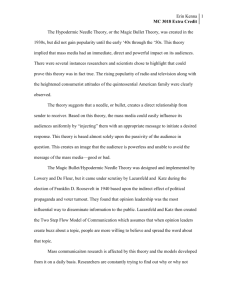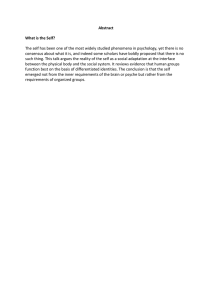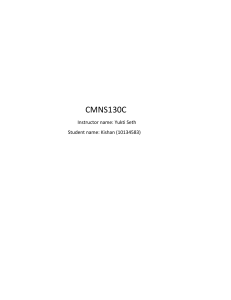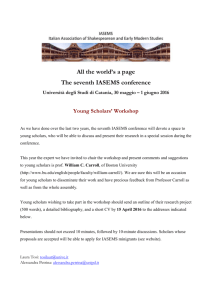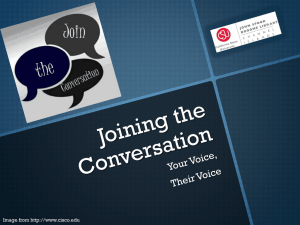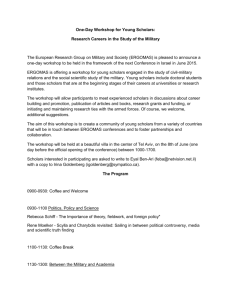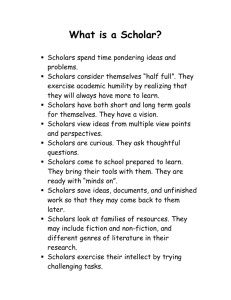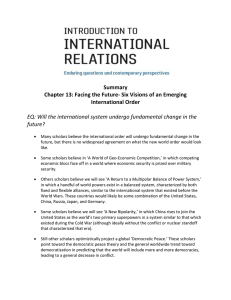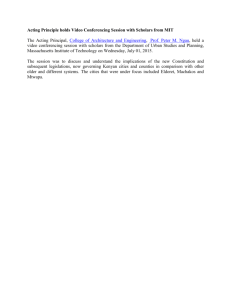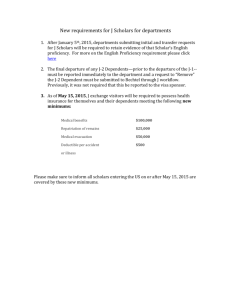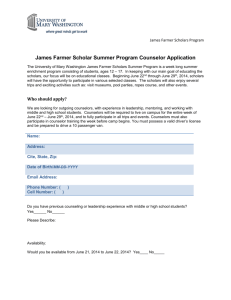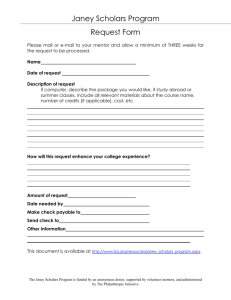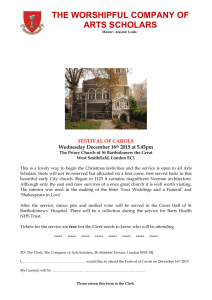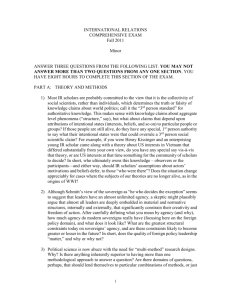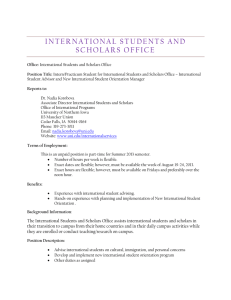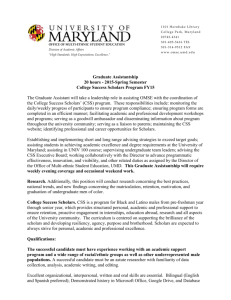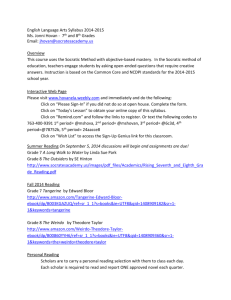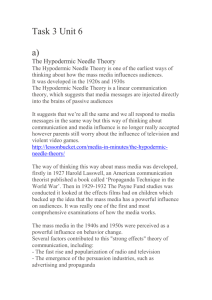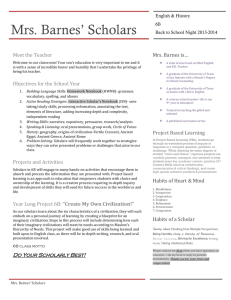Mass Media Effects
advertisement
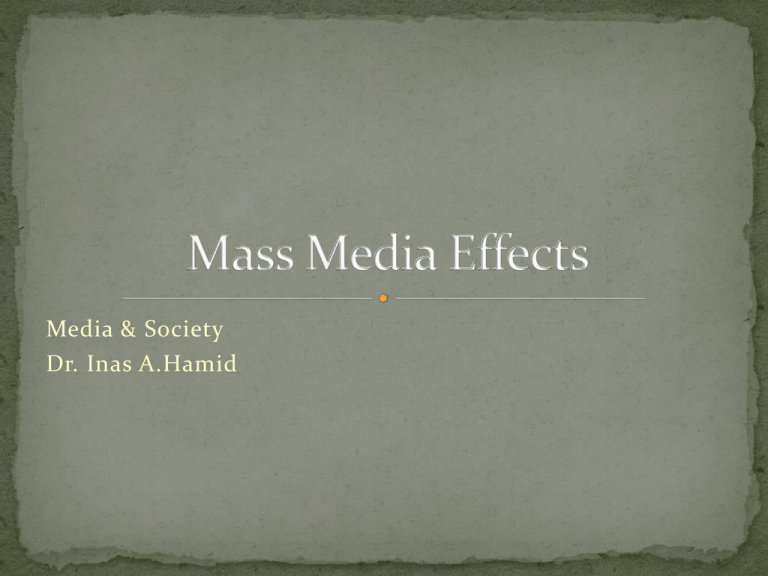
Media & Society Dr. Inas A.Hamid Early mass communication scholars assumed that the mass media were so powerful that ideas could be inserted as if by hypodermic needle into the body. It is called the “Bullet Theory” or “powerful effects theory”. Walter Lippmann argued that we see the world not as it really is but as “pictures in our heads”. The pictures of things we have not experienced personally , but they are shaped by the mass media. Early powerful effects scholars would agree that newspapers coverage and campaigns of political candidates decided elections. They also assumed that individuals are passive . Doubts arouse in the 1940s about whether the media were really that powerful, and scholars began shaping their research questions on the assumption that media effects are more modest. Scholarly enthusiasm for the hypodermic needle model reduced after two massive studies of voter behavior by Lazarsfeld. He went back to 600 people several times to discover how they developed their candidate preferences. These people mentioned their friends as they have direct effect on their voting decisions. This means media effects are mostly indirect. From that rethinking emerged the Minimalist Effects Theory, which includes: Two-Step Flow Model. It emphasizes that people are motivated less by the mass media than by people they know personally and respect. These people called opinion leaders. So , the model argues that media affects individuals through opinion leaders. Opinion leaders are Influential friends and acquaintances. In recent years some mass communication scholars have parted from the minimalist effect theory. They emphasized that the media do not have powerful, immediate effects but argues that effects over time are profound. This means media influence is gradual over time. In our culture, the magic bullet theory of mass communication effects remains alive and well. Identify an example .
